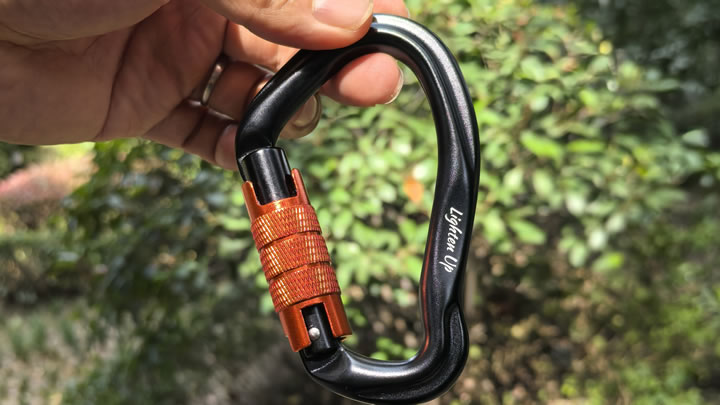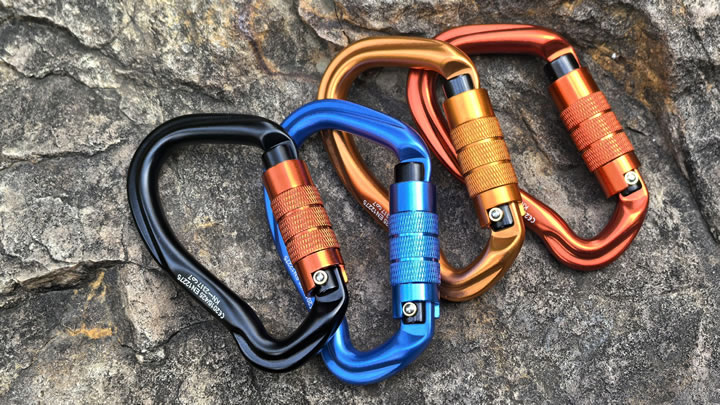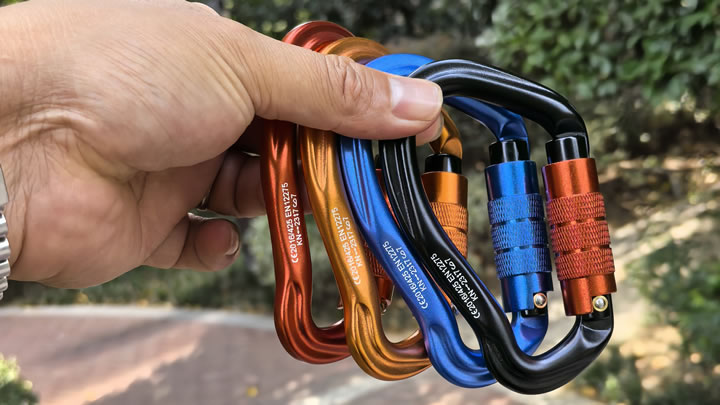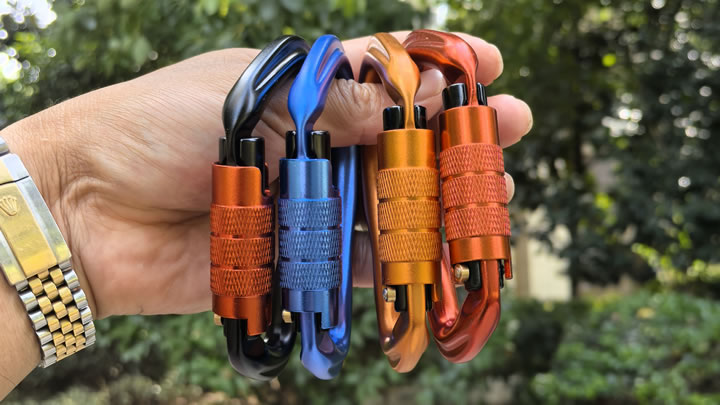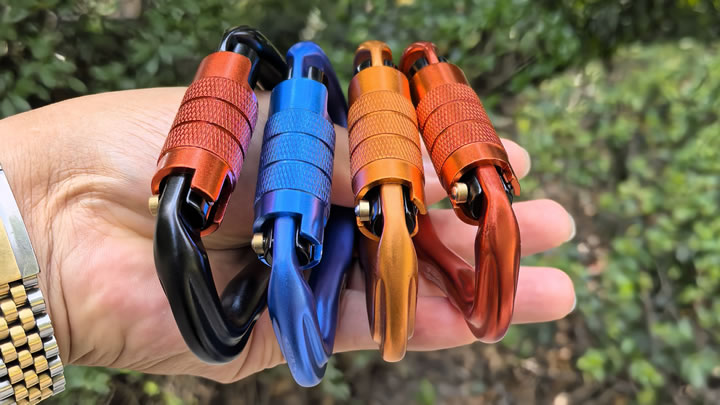Hiking Poles for Snow: Your Essential Winter Trail Companion
Winter transforms familiar trails into challenging landscapes where standard hiking gear often falls short. When it comes to hiking in snow, poles become more than just helpful accessories—they transform into essential safety tools that provide stability, prevent dangerous post-holing, and help you navigate uncertain terrain with confidence.
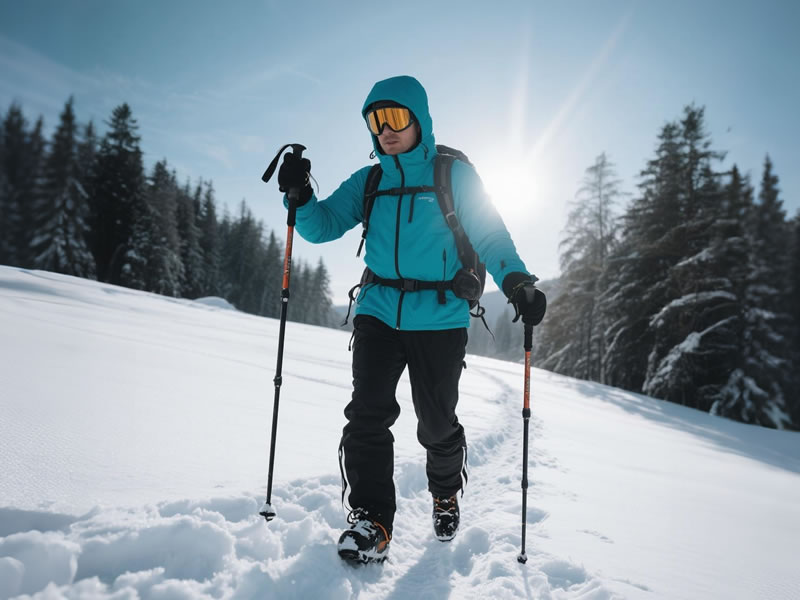
Why Standard Poles Fall Short in Snow
Regular hiking poles with small baskets will sink deep into powder snow, becoming more of a liability than an asset. The fundamental difference for winter use comes down to one critical component: snow baskets. These larger, plastic discs attach to the base of your poles and function like snowshoes for your poles, creating surface area that prevents them from plunging deeply into soft snow.
Key Features for Snow-Worthy Poles
Snow Baskets Are Non-Negotiable
- Size Matters: Look for baskets with at least 4-6 inch diameters. Larger baskets (up to 8 inches) work better in deep powder.
- Secure Attachment: Ensure baskets lock firmly in place—loose baskets can detach in dense snow.
- Quality Materials: Durable plastic that won't become brittle in freezing temperatures is essential.
Durable Shaft Construction
Winter conditions demand robust materials:
- Aluminum: Performs better in extreme cold than carbon fiber, which can become brittle.
- Thicker Gauges: Look for poles with reinforced construction to handle the added stress of snow travel.
Reliable Locking Mechanisms
- Lever Locks: Outperform twist locks in winter conditions where cold fingers make adjustments difficult.
- Cold-Tested: Ensure mechanisms continue functioning smoothly in freezing temperatures.
Winter-Specific Techniques
Modified Planting Method
In deep snow, use a more deliberate planting technique:
- Lift poles higher to clear accumulated snow on baskets
- Plant firmly but not aggressively to avoid sinking
- Use a slightly wider stance for better stability
Testing and Probing
Your poles become valuable assessment tools:
- Test snow depth before committing weight
- Probe for hidden obstacles beneath the surface
- Check snow stability on questionable slopes
Uphill and Downhill Adjustments
- Ascending: Shorten poles slightly for better leverage on steep slopes
- Descending: Lengthen poles for improved balance and control
- Traversing: Adjust length between uphill and downhill poles for sidehill travel
Special Considerations for Different Snow Conditions
Powder Snow
- Larger baskets are crucial for flotation
- Expect some sinking even with proper equipment
- Clear baskets regularly to prevent snow buildup
Crust and Ice
- Consider rubber tip protectors for better ice contact
- Use carbide tips for maximum grip on hard surfaces
- Exercise caution—poles provide limited stability on ice
Wet Spring Snow
- Heavy, dense snow requires extra effort
- Baskets may clog more easily—carry a tool to clear them
- Metal components may ice up more quickly
Additional Winter Applications
Snowshoeing Integration
Poles are essential companions for snowshoes:
- Provide balance during the wider stance snowshoes require
- Help with rising after falls in deep snow
- Assist in navigating tricky terrain where snowshoes lack maneuverability
Winter Mountaineering
For technical snow travel:
- Look for poles with ice axe compatible grips
- Consider models with removable baskets for mixed conditions
- Ensure wrist straps accommodate gloved hands
Backcountry Skiing
Many ski tourers use poles with:
- Adjustable lengths for changing between uphill and downhill
- Powder baskets that prevent sinking during transitions
- Durable construction that survives frequent use
Maintenance for Winter Conditions
Post-Hike Care
- Clean and dry poles thoroughly to prevent corrosion from road salt and moisture
- Inspect baskets for cracks or damage after each use
- Check locking mechanisms for ice damage
On-Trail Maintenance
- Carry spare baskets in your pack
- Learn to clear ice from locking mechanisms quickly
- Have a method to remove ice from shaft sections
Top Recommendations for Snow Poles
Best All-Around: Black Diamond Expedition 3
- Robust aluminum construction
- Reliable FlickLock Pro adjustment
- Includes large snow baskets
Lightweight Option: LEKI Micro Vario Carbon
- Carbon construction with cold-weather reliability
- Speed Lock 2.0 adjustment system
- Includes multiple basket options
Budget Choice: Komperdell C3 Cloud
- Quality aluminum construction
- Secure locking mechanism
- Includes adequate snow baskets
Safety Considerations
While poles significantly enhance winter safety, remember:
- They're not substitutes for ice axes on steep terrain
- Always carry emergency equipment appropriate for conditions
- Tell someone your plans and expected return time
- Check weather and avalanche conditions before departing
Conclusion: Worth the Investment
Winter hiking poles represent one of the most cost-effective safety upgrades for cold-weather adventures. The right pair will provide confidence in challenging conditions, reduce fatigue during long treks, and help prevent accidents in unpredictable winter environments. By choosing poles specifically designed for snow travel and mastering winter-specific techniques, you'll extend your hiking season safely and comfortably.
Remember that winter conditions vary dramatically, so versatility and reliability should guide your selection process. Whether you're snowshoeing through peaceful forests or tackling mountain passes, quality snow poles will quickly prove themselves indispensable companions on your winter journeys.

